Your exploration of Lijiang begins with a visit to Lijiang Ancient Town, the oldest part of the city that has been preserved much as it has been throughout its 1,000 year history. We will stop at the Ming Dynasty-era Mufu Palace, sometimes called “The Forbidden City of Lijiang”, where you can learn about the ancient rulers of the city and the Naxi people. We can stroll around the ancient alleyways over old bridges and see many shops and bars on our way to Sifang Street Square, an open square where people relax amidst a lively atmosphere. We may be able to join some of the local Naxi people in a nightly dancing ceremony as they dance to native music around a fire in the evening. You may also want to climb up Lion Hill to the top of the Wanggu Tower to enjoy a panoramic view over the entire Old Town with the snow-capped Jade Dragon Snow Mountain in the distance.
Accommodation:Overnight in Lijiang
After Yuhu Village we will travel on to Baisha Village to see and appreciate the ancient Baisha Mural Paintings. The Baishi Village is probably the most authentic ancient village in the area, with its Dabaoji Palace and the Liuli Temple containing murals that were painted more than a thousand years ago in the various styles of Tibetan Buddhism, Confucianism and Taoism. After a visit to Baisha, we will move on to Shuhe Ancient Town, another ancient and well preserved village about 4 kilometers (2 miles) outside of the Lijiang Old Town. Shuhe was one of the earliest of the Naxi people’s settlements, and it served as an important stop along the Ancient Tea Horse Caravan route.
Our exploration of the Lijiang area continues with a visit to the Dongba Culture Museum. This museum traces history of the ancient Dongba culture of the Naxi minority people with more than 10,000 cultural relics in its collection. After visiting the museum, we can walk over to the Black Dragon Pool for picturesque views in a calm and peaceful setting. During clear weather this is also a great place to see the beautiful Jade Dragon Snow Mountain in the distance.
After we see the Black Dragon Pool, we will take you back to your hotel for the night.
Accommodation:Overnight in Lijiang
Moving on from Shigu we will visit one of the deepest and most spectacular river canyons in the world at Tiger Leaping Gorge, which was carved by the Jinsha River, one of the major tributaries of the Yangtze River. The maximum depth from the river to the top of the canyon is 3790 meters (12,434 feet), creating some amazing views. Legend has it that a tiger jumped across the river using a rock that is still visible there in the middle of the river, thus the name Tiger Leaping Gorge.
From the magnificent Tiger Leaping Gorge we will travel on to what may be the real life Shangri-La, which is about a 2-hour drive through some beautiful scenery along the way, and then check into our hotel for the night. You will have the rest of the night free to rest and relax in your hotel room or explore the local area on your own.
Accommodation:Overnight in Shangri-la
To begin our exploration of the “real” Shangri-La, we will first visit the Songzanlin Monastery (Ganden Sumtseling Gompa), an ancient monastery of the “Yellow Hat” sect of Tibetan Buddhism situated at an elevation of 3,380 meters (11,090 feet) above sea level. First built in 1679, it is the largest Tibetan Buddhist monastery in Yunnan Province with around 700 resident monks at the present time. It is sometimes referred to as “The Little Potala Palace” due to the main monastery’s resemblance to the Potala Palace in Tibet. The main hall also houses an 8 meter (26 feet) tall gilded statue of the Shakyamuni Buddha along with paintings of events in his life and numerous ancient scriptures written on palm leaves. We can explore the three main lamasery buildings to see the various Buddhist treasures and the resident monks going about their daily lives, and if the weather permits, we can walk around the tranquil Lamuyangcuo Lake to enjoy the spectacular natural scenery there.
After our visit to the monastery, we will drive on to Pudacuo (also known as Potatso) National Park, the first national park in China to meet International Union for the Conservation of Nature standards and also a part of the UNESCO World Heritage Site known as the Three Parallel Rivers of Yunnan Protected Areas. This 1,300 square kilometer (500 square mile) national park reportedly contains more than 20% of China’s species of plants, around one-third of its mammal and bird species and nearly 100 endangered species. The main sections of the park are Shudu Lake, Militang Grasslands and Bita Lake. We will start our exploration of the park by walking along the wooden plank road to enjoy the scenery around Shudu Lake (3.3 km, 1 hour of hiking) and Bita Lake (4.2 km, 1.5 hours hiking) while enjoying the Militang Grasslands between the two lakes.
After visiting the park, we will be welcomed into the home of a local Tibetan family for some special Tibetan snacks and yak butter tea. Fresh off of some authentic Tibetan hospitality, we will drive back to the hotel in Zhongdian to spend the night.
Accommodation:Overnight in Shangri-la
After explore Dukezong, we will take you to the local airport for the short 1-hour flight to Kunming. Upon your arrival at the Kunming airport, your local guide will greet you and escort you by private car to your downtown Kunming hotel to check in. After a bit of time to refresh yourself, we will take you to see the Western Hills of Kunming. Sometimes referred to as “Sleeping Beauty Hills” because of their alleged resemblance to a young lady lying beside the lake, this protected forest area is located about 12 kilometers (7 miles) outside of the city of Kunming. There are numerous ancient cultural sites throughout the Western Hills, with two of the most famous being the Huating Temple (est. 1320 A.D.) and the Taihua Temple. The highlight of the Western Hills is the Dragon Gate Grottoes – a complex of caves, temples and pavilions lying on the western edge of Dianchi Lake. The spectacular Dragon Gate Grotto Complex was created over a 72-year period from 1781 – 1853, consisting of a stone archway, a stone room and a number of stone sculptures all carved out of the same rock at the summit of the hill. From here you will be able to get a panoramic view of the lake while also enjoying the intricate carvings of the grotto.
After the Western Hills and the Dragon Gate, we will travel on to the Yunnan Minority Village to experience the lives of the ethnic minority people of Yunnan. Here we can learn about the different ethnic architectural styles, costumes, music, dances and more while interacting with the local minority people.
After our visit to the Yunnan Minority Village, we will drive you back to your hotel to spend the night.
Accommodation:Overnight in Kunming
From the magnificent landscape of the Shilin Stone Forest, we will drive back to downtown Kunming to see the 1,200-year old Yuantong Buddhist Temple. This beautiful temple was first built in the late 8th and early 9th centuries with major restorations in the late 15th century and again in 1686 A.D. under Emperor Kangxi, leading to its present configuration with covered corridors, bridges and a grand hall surrounded by water that is unique amongst Buddhist temples in China.
After visiting the ancient temple, we will move on to visit Green Lake Park, a hub of local life in urban Kunming. Local people can be found here practicing tai chi and relaxing amongst the year-round green trees and tranquil waters. During the winter, black-headed gulls migrate here from Siberia, entertaining the locals as they feed them bread that is sold there in the park.
From the park, we will take you on to the Kunming airport or train station for your departing flight or train on to your next destination. Please note that this tour requires a departure time after 5 p.m. on this last day, but we can customize a tour to fit your particular arrival and departure schedules. Please contact our friendly travel consultants and we can put together the tour itinerary that best fits your needs.
Accommodation:None































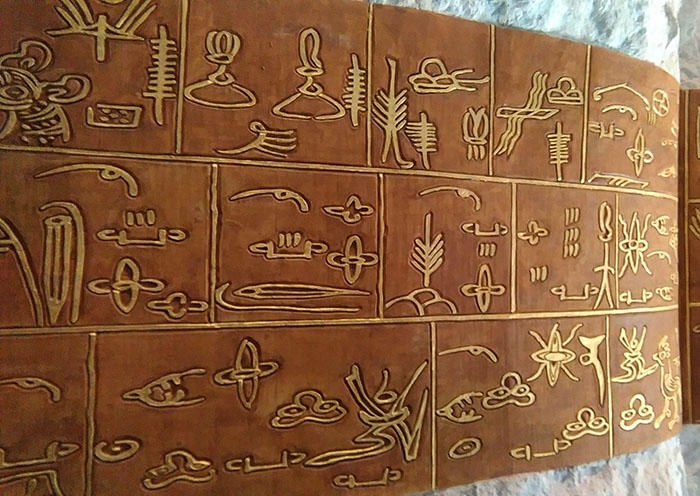
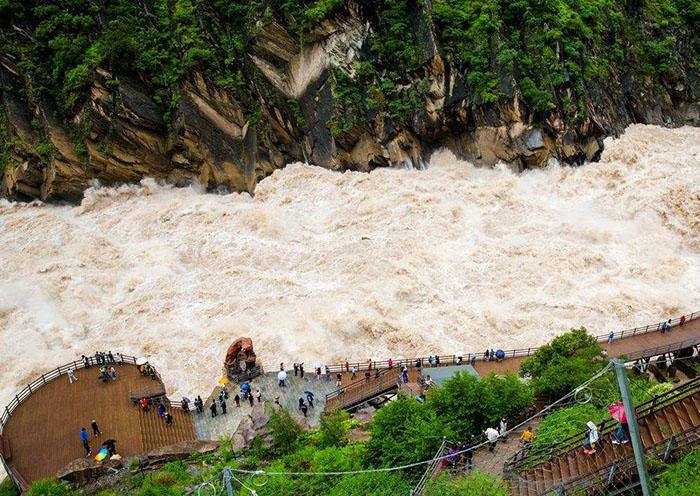
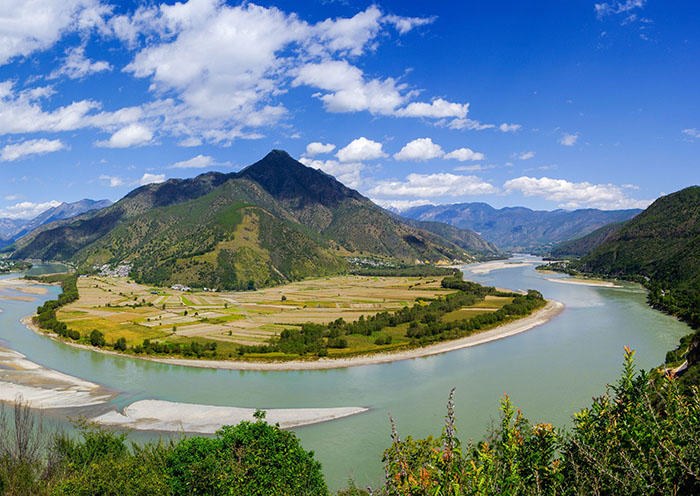
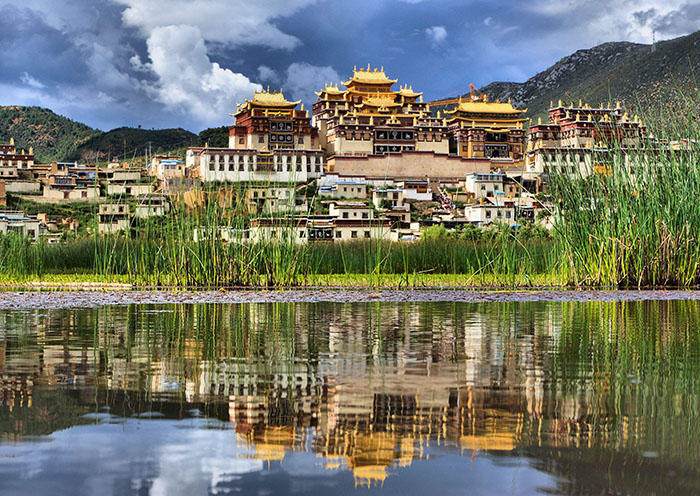
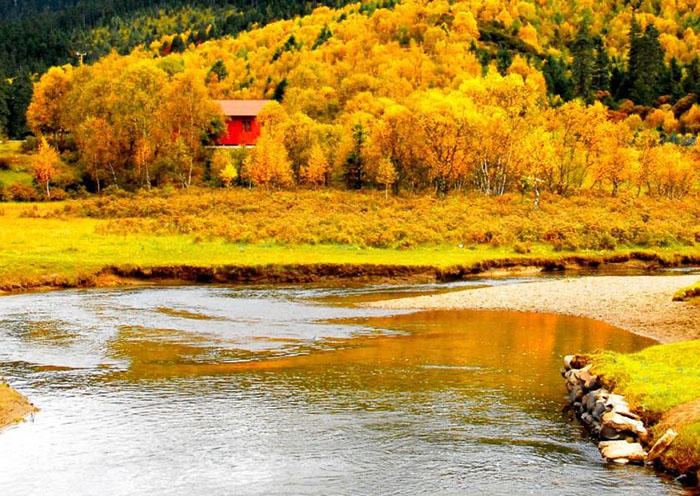
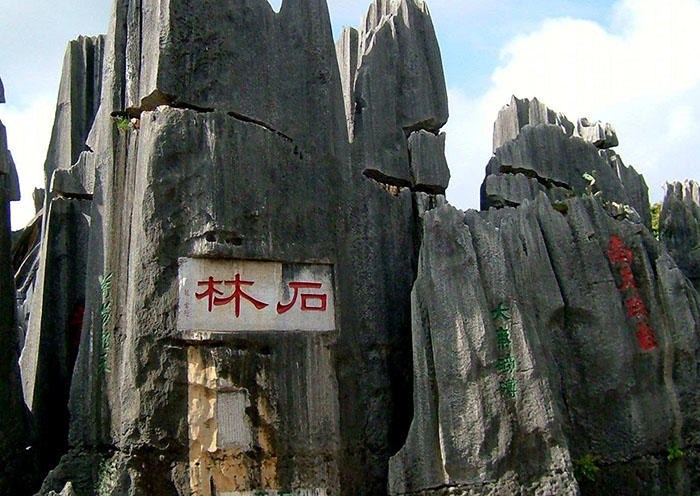
 Data in submission...
Data in submission...